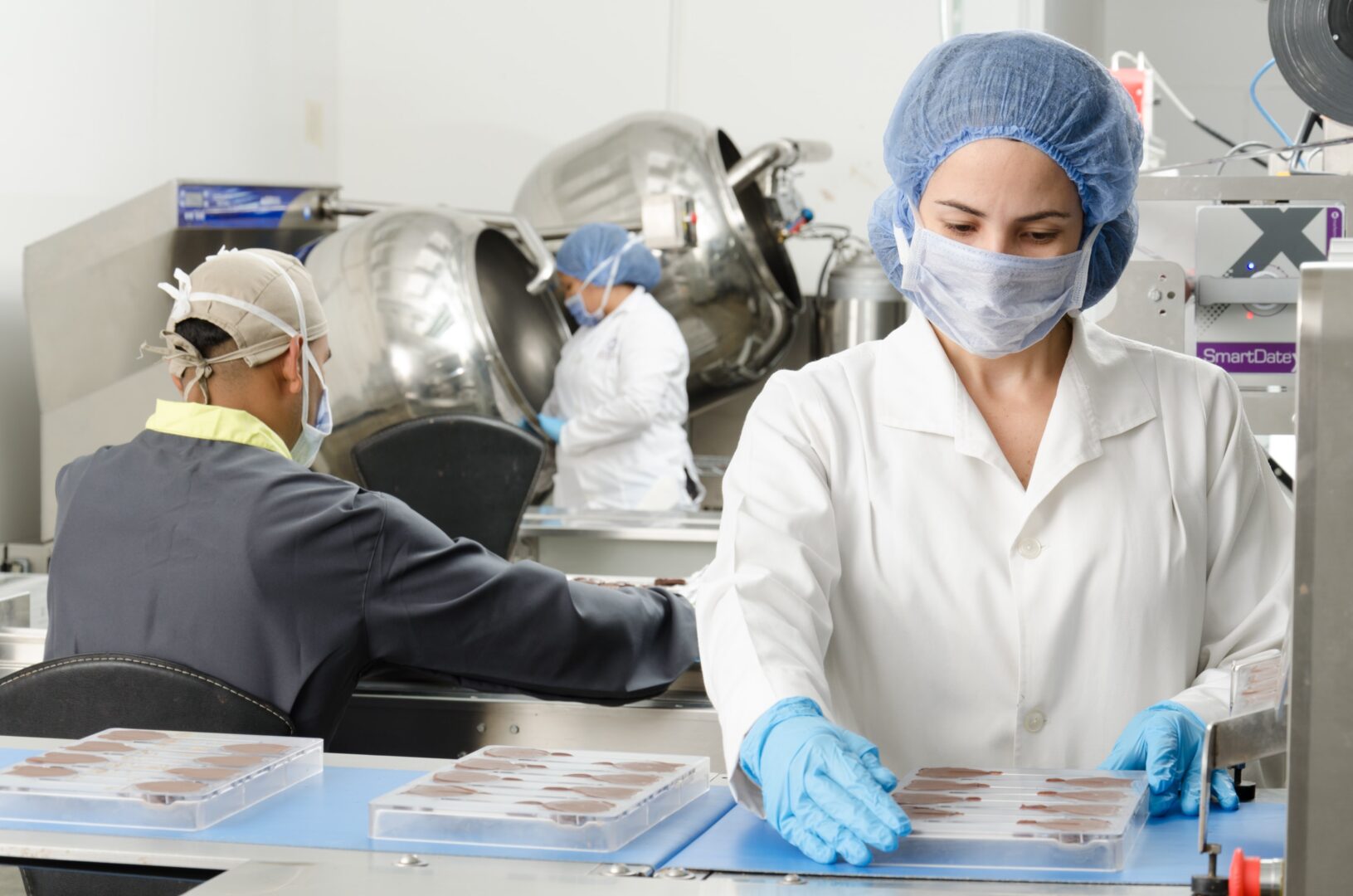TB-500 is a synthetically produced thymosin beta 4, a protein produced by the thymus. Researchers have often cited this compound in studies related to damaged tissue repair, as it exhibits the potential to hasten healing through several mechanisms, including possible upregulation of actin, improved blood vessel formation (angiogenesis), and reduction of inflammation.
BPC-157 is a synthetic peptide similar to the body protection compound, a natural peptide found in the gastrointestinal tract that aids digestion and ulcer healing. Although BPC-157 is based on a naturally occurring body protection compound, its sequence does not exist in nature, so it is truly a synthetic peptide. This contrasts TB-500, which reflects the structure of natural thymosin beta 4.
Similarities
TB-500 and BPC-157 have been studied within similar contexts, and researchers suggest they may share mechanisms of action, which may potentially improve the rate of tissue repair. BPC-157 has been studied for its potential to improve cell survival, migration, and angiogenesis. These are all core research theses of the TB-500 peptide as well. Preclinical studies have suggested that both peptides have exhibited impact in research models of damaged joints, muscle, bone, and connective tissue.
TB-500 vs. BPC-157
TB-500 has been suggested to have a systemic effect, which means it may promote healing in injured tissue throughout the organism regardless of direct exposure. BPC-157 has been suggested to have a local impact, implying that damaged tissue may benefit most near the exposure site.
In addition, studies have suggested that BPC-157 may potentially induce repair processes and protective effects on the gastrointestinal system and nervous tissue cells. Some studies indicate that even considering its theoretically primarily local effects, the compound may potentially impact and influence natural recovery and cell protection from injury in these areas.
Other Possible Differences
Preclinical animal studies have posited that TB-500 may have more potential than BPC157 to make a marked impact on cellular activity in tissue repair. Many studies contrastingly indicate that both peptides appear to host similar healing and protective potential impacts on joint, bone, and connective tissue. Researchers hypothesize that TB-500 may prove more efficacious in inducing cellular repair activity in contrast to BPC-157 if the only goal is the development of lean body mass in the animal. At the same time, additional studies in murine models have reported slightly better healing rates from BPC-157 exposed injuries.
NOTE: These products are intended for laboratory research use only. This peptide is not intended for personal use. Please review and adhere to our Terms and Conditions before ordering.
